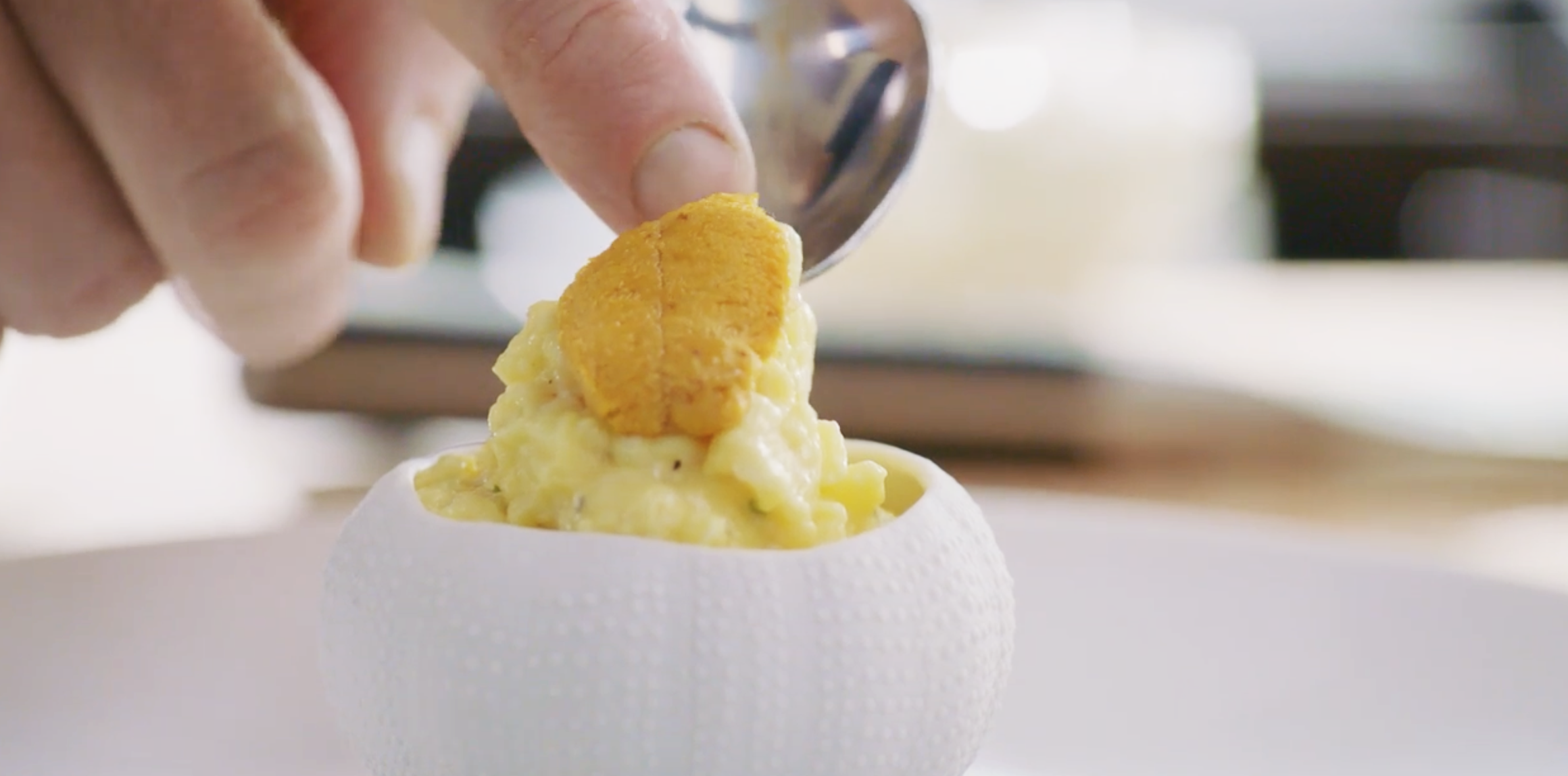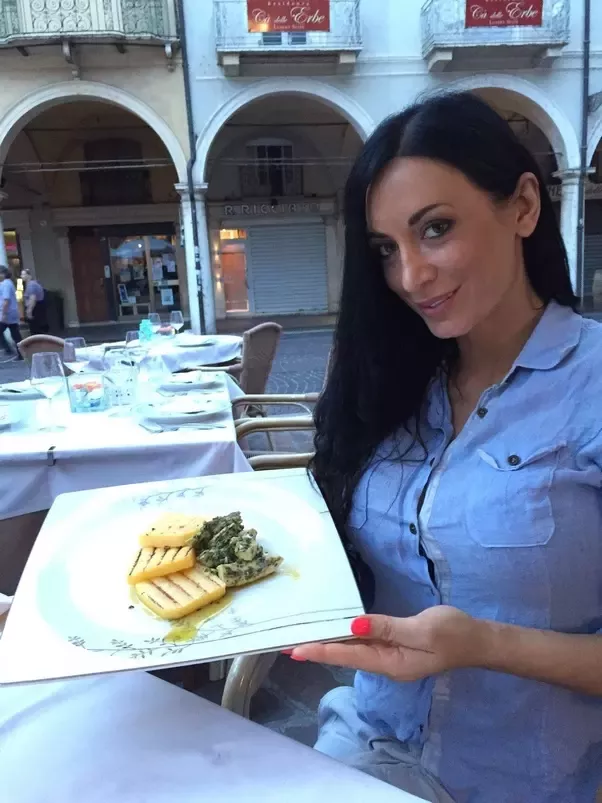The Art of Perfecting Chicken Wellington: A Culinary Masterclass
– The oven needs to be heated to 400°F.
– An egg and water mixture is prepared in a small bowl.
– The chicken is seasoned with thyme and black pepper.
– 1 tablespoon of butter is heated in a skillet over medium-high heat.
– The chicken is cooked for 10 minutes on both sides until well browned.
– The cooked chicken is then covered and refrigerated for 15 minutes.
– The remaining butter in the skillet is used to cook mushrooms and onion until tender and the liquid is evaporated, with occasional stirring.
– Parsley is stirred into the mushroom mixture.
– Cream cheese and mustard are mixed together in a small bowl.
– The work surface is sprinkled with flour.
– A pastry sheet is unfolded and rolled into a 14-inch square.
– The square pastry sheet is cut into 4 smaller squares.
– About 1 tablespoon of mushroom mixture is spooned onto each smaller square.
– The chicken is placed on top of the mushroom mixture.
– About 1 tablespoon of the cream cheese mixture is spread on top of the chicken.
– The edges of the pastry are brushed with the egg mixture.
– The corners of the pastries are folded up over the chicken and pressed to seal.
– The pastries are placed on a baking sheet with the seam-side down.
– The pastries are brushed with the egg mixture.
– The pastries are baked for 25 minutes until they turn golden brown.
– The article discusses variations of chicken Wellington using different ingredients.
– The dish can be prepared ahead of time by refrigerating the cream cheese, mustard, and mushroom filling and assembling the Wellingtons an hour before.
– Extra puff pastry can be used to cut out shapes and baked on top of each Wellington.
– Each serving contains 405 calories, 21g of total fat, 8g of saturated fat, 175mg of cholesterol, 1024mg of sodium, 10g of carbohydrates, 9g of net carbohydrates, 1g of fiber, 3g of sugar, and 42g of protein.

